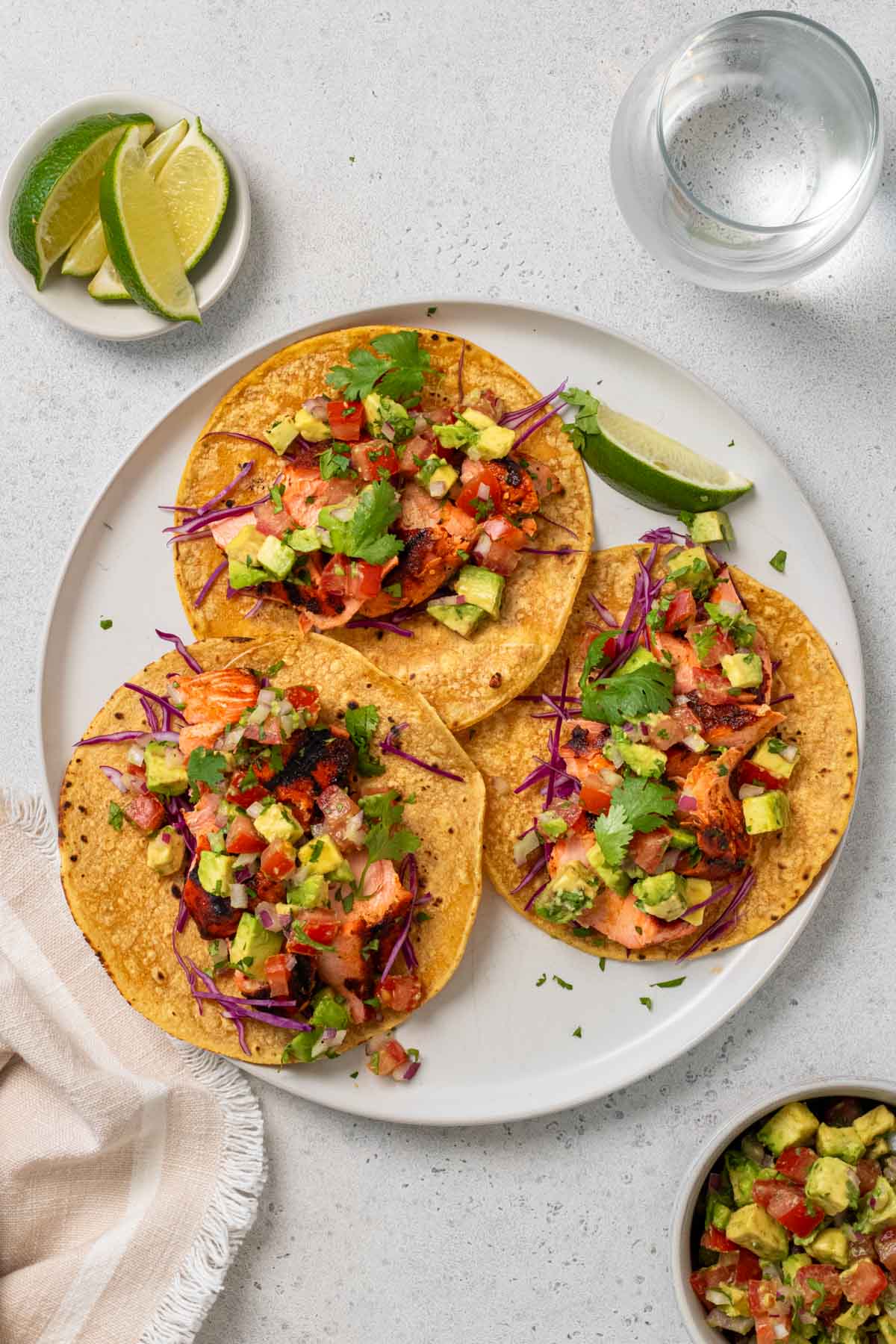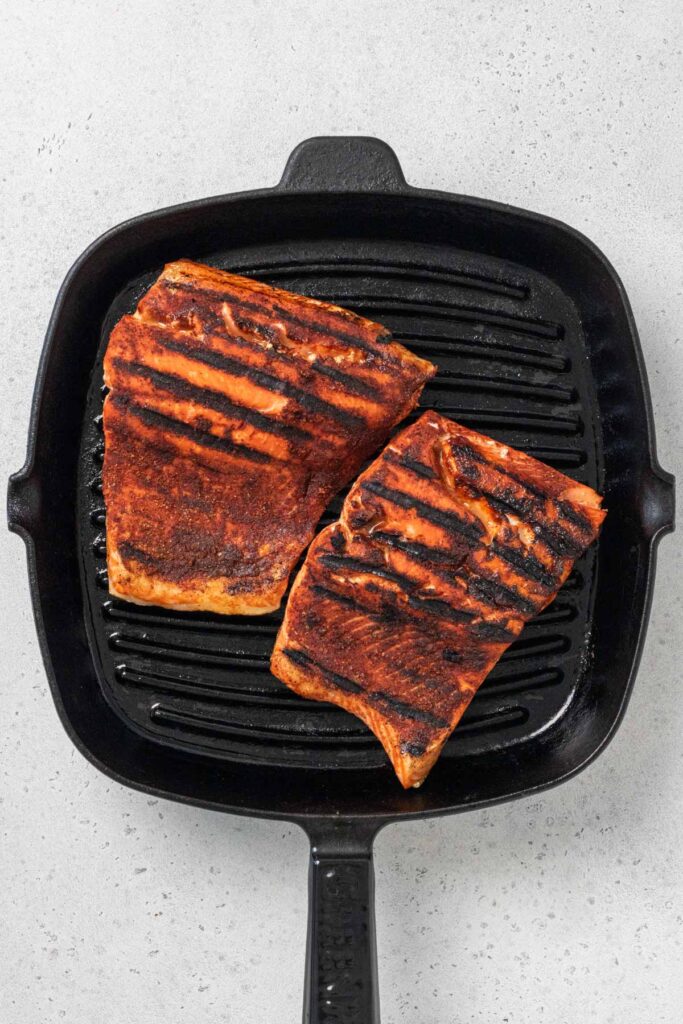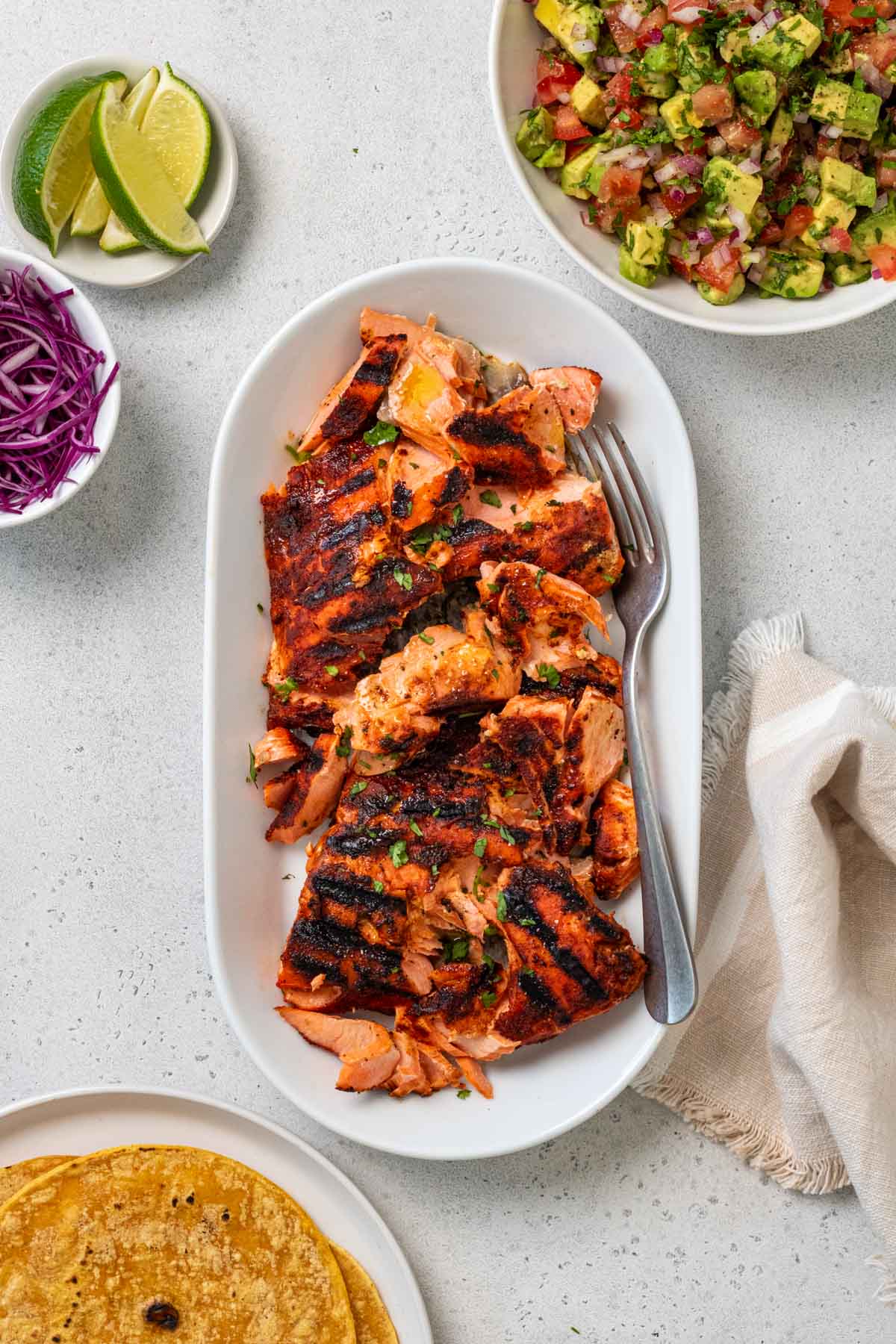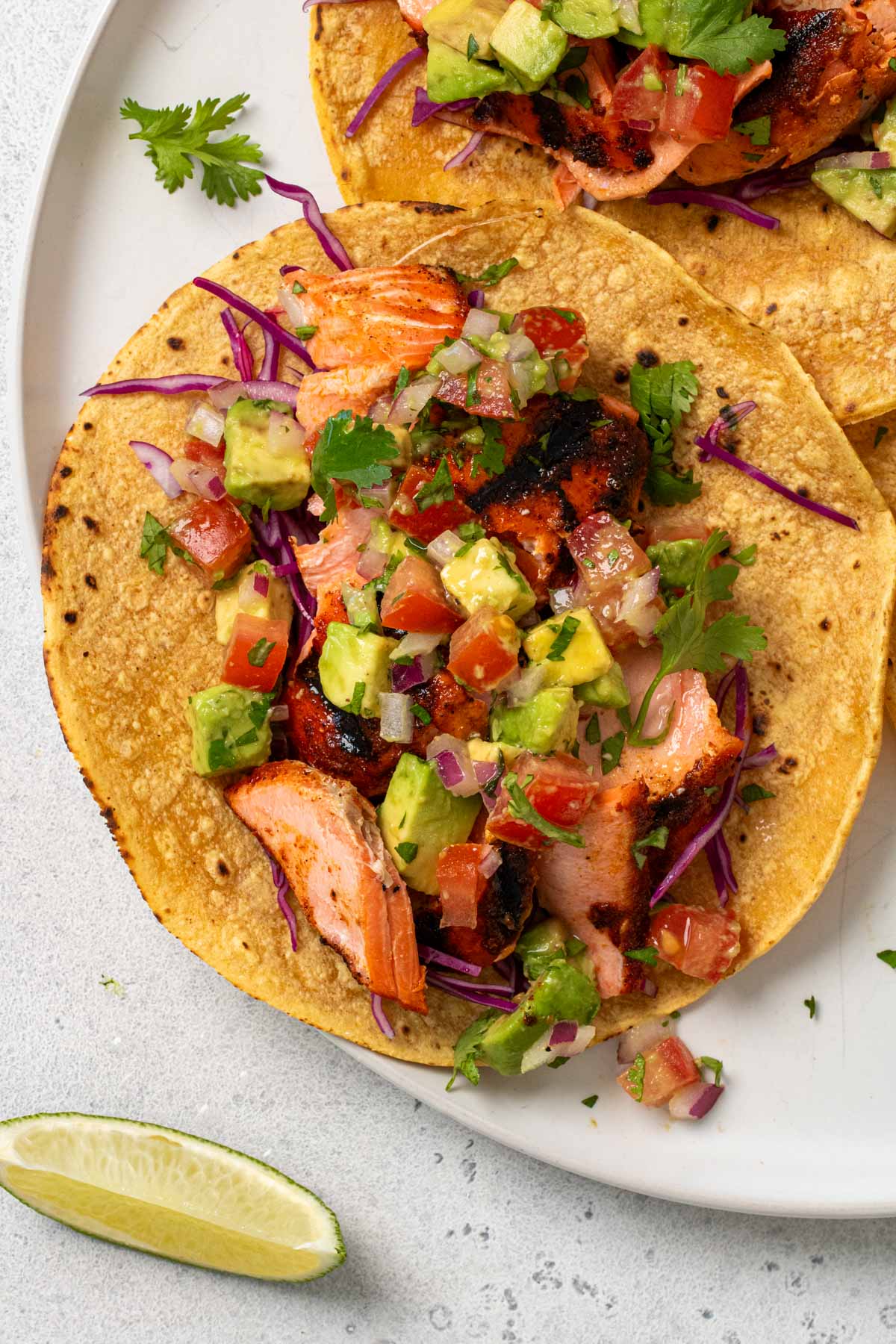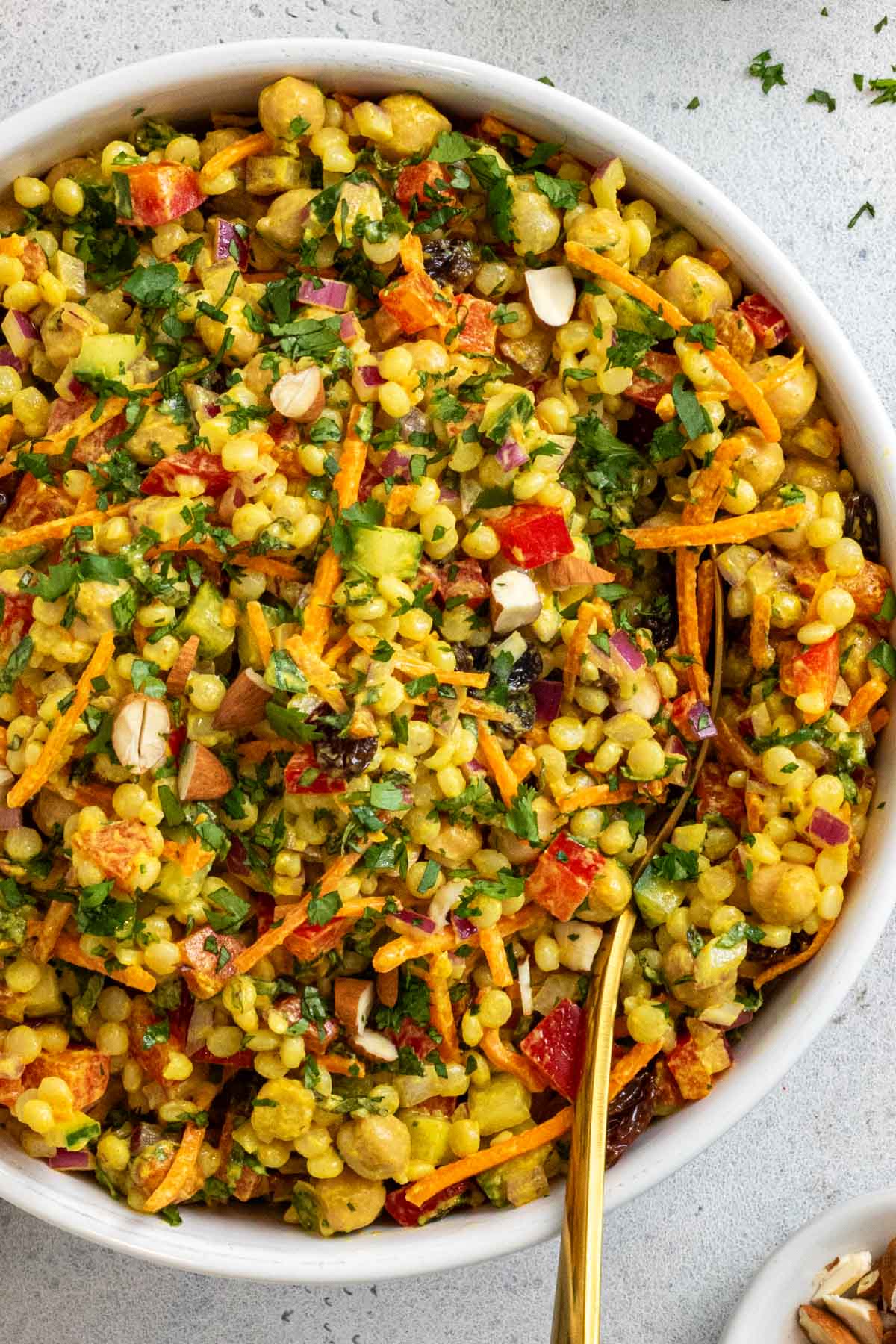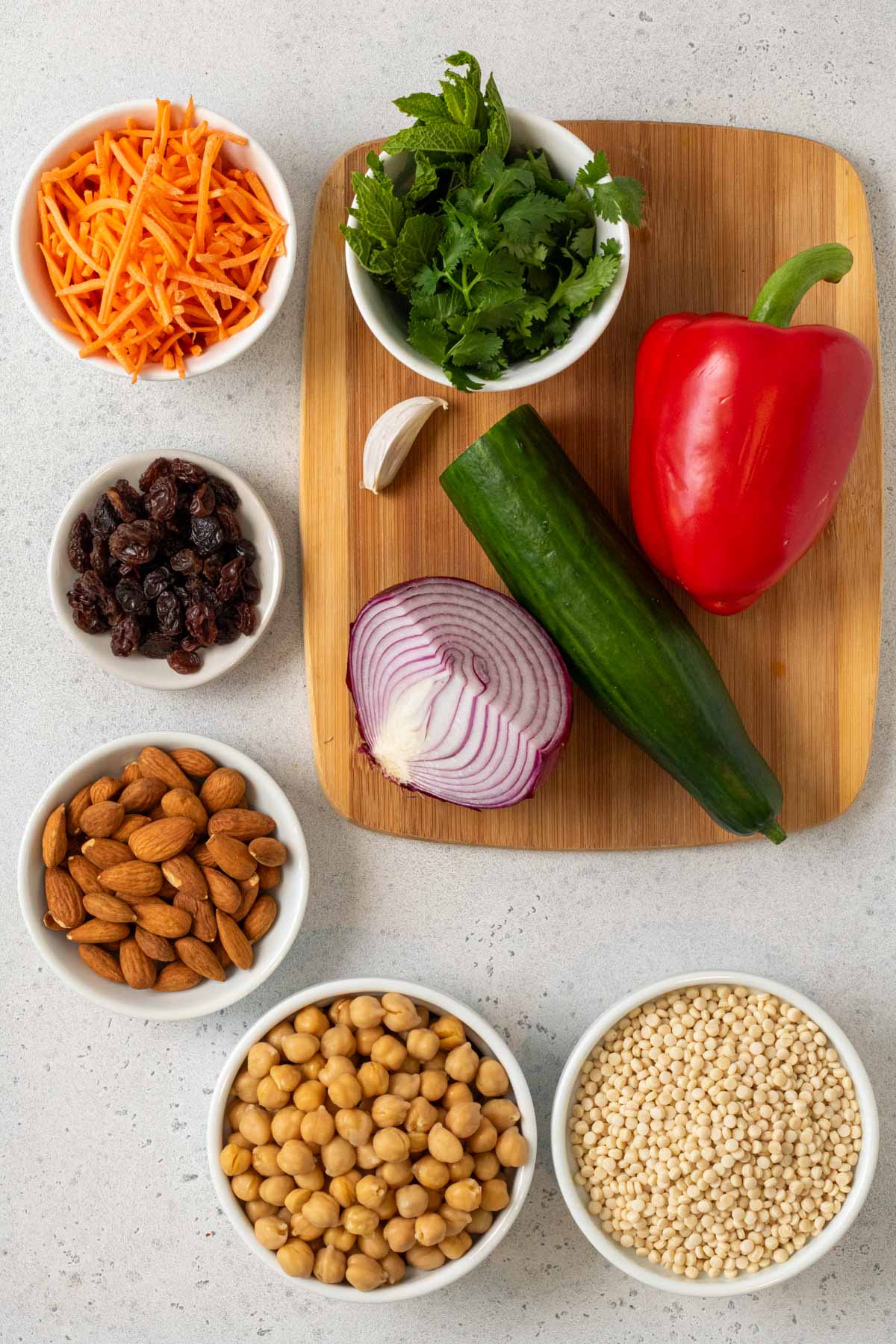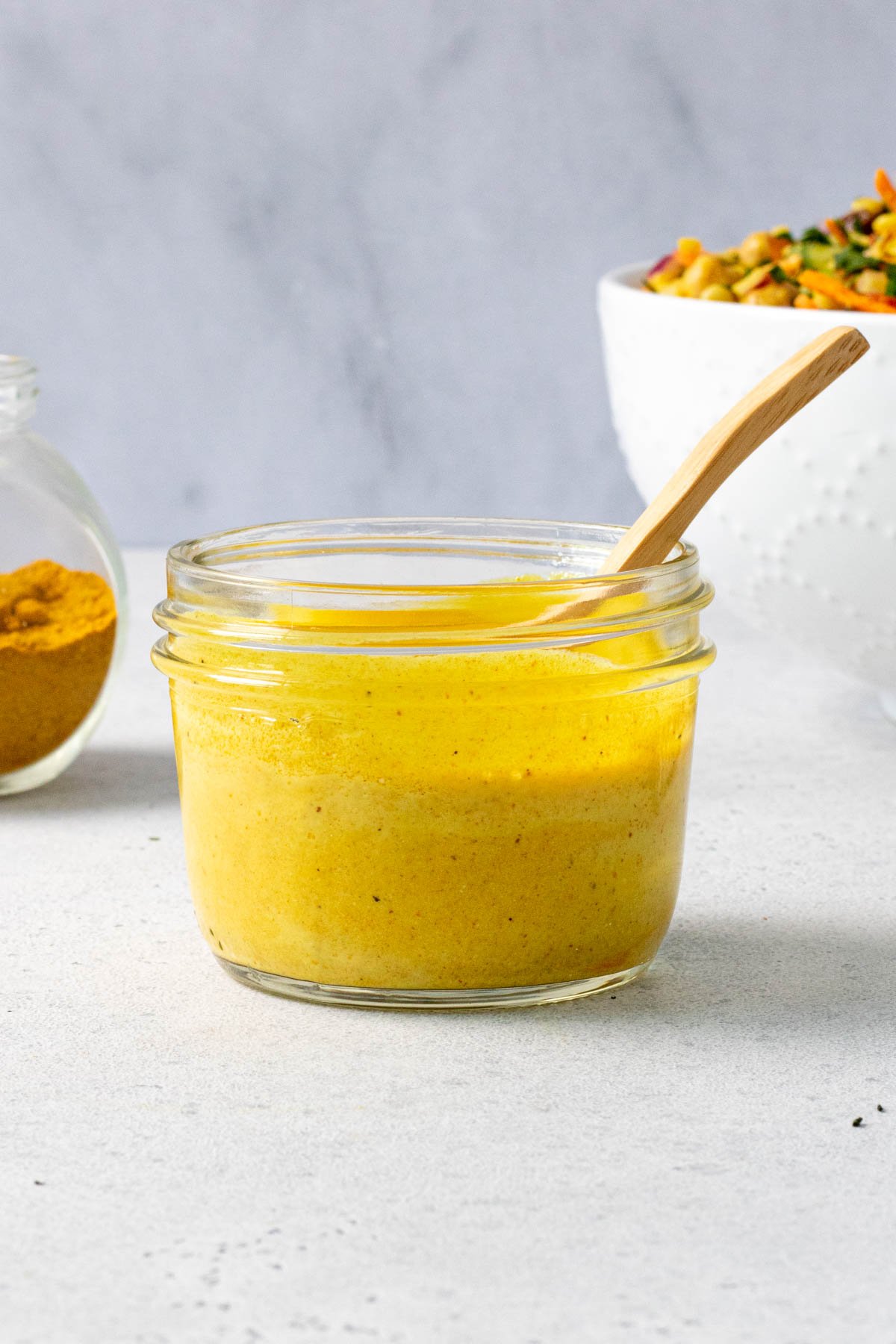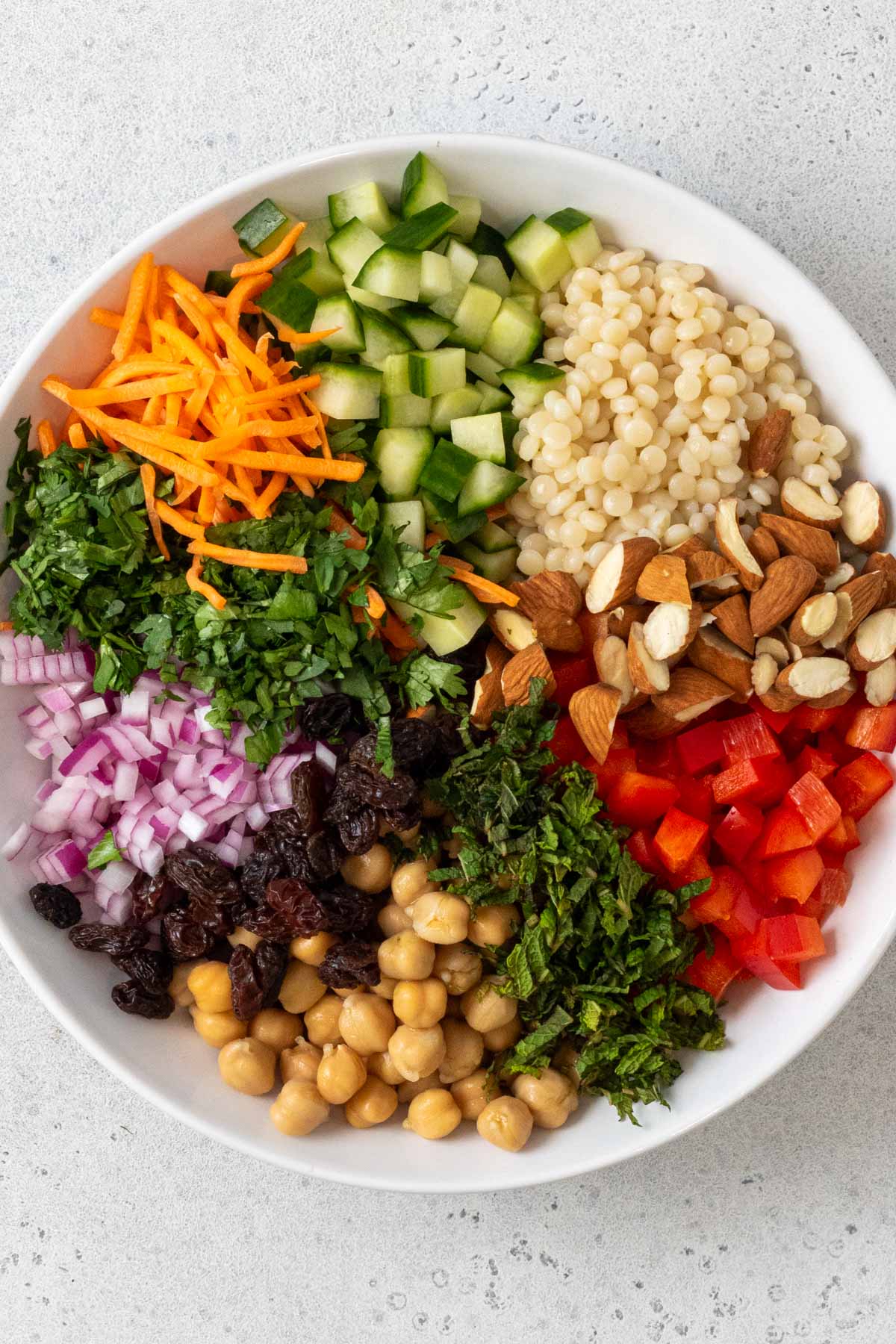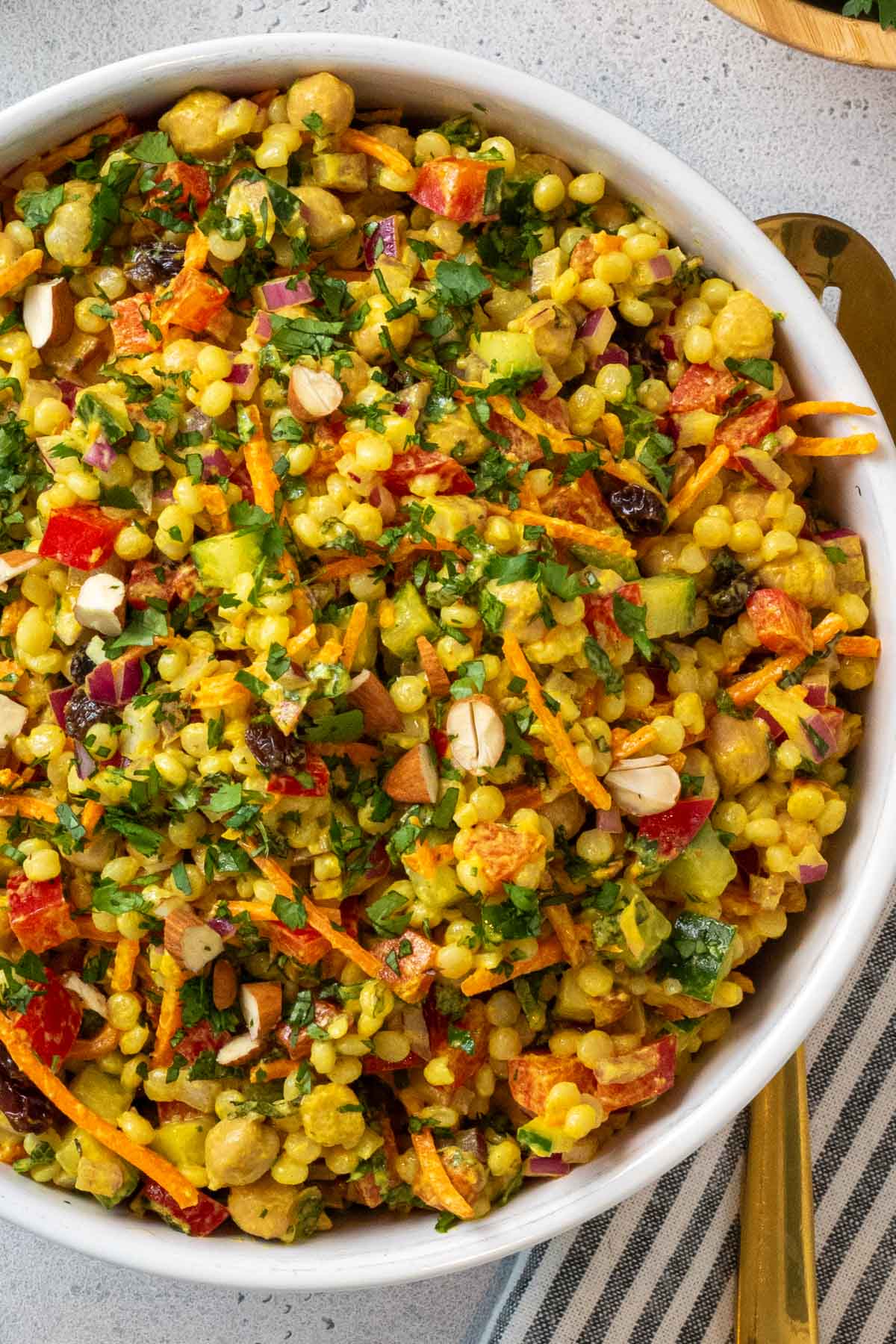Intuitive eating has become a popular approach to food, but what exactly is it? Here are the principles of intuitive eating and how using them can change your relationship with food.

Table of contents
- What is intuitive eating?
- The Intuitive Eating Principles
- 1. Reject the diet mentality.
- 2. Honor your hunger.
- 3. Make peace with food.
- 4. Challenge the food police.
- 5. Feel your fullness.
- 6. Discover the satisfaction factor.
- 7. Cope with your emotions without using food.
- 8. Respect your body.
- 9. Exercise.
- 10. Honor your health.
- Pros and Cons of Intuitive Eating
- Is intuitive eating the same as mindful eating?
- Can I lose weight by eating intuitively?
- Does the intuitive eating approach work for everyone?
What is intuitive eating?
Intuitive eating (IE) is a non-diet weight-inclusive approach that promotes eating based on internal cues, satisfaction, and the health of the mind and body (1). This adaptive style of eating is an alternative to dietary restriction that focuses on the promotion of health independent of weight or dieting.
The term “intuitive eating” was coined by two dietitians, Evelyn Tribole and Elyse Resch, and was developed in response to concerns about the mental and physical side effects of traditional diets, which primarily focus on body weight.
Individuals who eat intuitively routinely respect their internal hunger and satiety cues. Intuitive eaters are not preoccupied with food or eat to soothe their emotions, rather, they eat what they enjoy, without disregard for health, and stop when they are comfortably full.

The Intuitive Eating Principles
Intuitive eating is based on 10 primary principles which were outlined by the research of Tribole and Resch and include:
1. Reject the diet mentality.
The first stage of intuitive eating is to reject diet culture. Between social media, movies, magazines, and chit-chat among friends, diet culture is everywhere. We are constantly being bombarded with weight loss programs, quick fixes, and health products we are told we can’t live without. Not only is it important that we become aware of this messaging, but that we dismiss and/or challenge the associated thought processes.
2. Honor your hunger.
Hunger is the body’s physical way of telling you it needs energy and nourishment and, to eat intuitively, we must listen and respect our biological hunger signals. Unfortunately, ignoring our body’s natural hunger cues can lead to increased food cravings and may even trigger binge eating. The hunger-fullness scale is an intuitive eating tool that can help you get more in tune with your natural cues and help to distinguish between physical and emotional hunger.
3. Make peace with food.
Giving yourself unconditional permission to eat is another key principle of intuitive eating. Diet culture has led us to believe that there are “good” and “bad” foods and that by choosing to eat certain foods you are being morally “good” or “bad”, which can lead to unnecessary fear and guilt around food choices. When you adopt an “all foods fit” mentality, you create the space to ask yourself questions like Do I really want this now? and Will I feel good when I’m finished eating it? as opposed to just eating it because it was “forbidden”.
4. Challenge the food police.
Traditional diets are filled with rules; “Don’t eat after 8 pm”, “Bread makes you fat”, and “Meals should be less than 500 calories”. Not only are most of the rules unfounded and non-factual; you can eat after 8 pm, bread doesn’t make you fat, and meals can be as high or low in calories as needed, but these rules are part of the policing of food that makes eating intuitively nearly impossible. Dismissing the food police, which can be the voice inside your head or real people judging your food choices, can help to create a more neutral approach to food.
5. Feel your fullness.
In addition to honoring your body’s natural hunger cues, it’s important to honor your body’s natural fullness cues. To feel your fullness, you must listen to and respect your biological fullness signals to eat to a place of comfortable fullness and comfortable satiety. Just like hunger, the hunger-fullness scale can help distinguish between physical and emotional fullness to ensure you practice intuitive eating.
6. Discover the satisfaction factor.
While food is fuel, it’s also pleasure and an important part of culture, tradition, and celebration. Finding satisfaction in our food goes far beyond our taste buds as it acknowledges how food makes us feel physically, spiritually, and emotionally, and the many roles food plays in our life. The satisfaction factor helps you find pleasure in food instead of solely focusing on what you are “supposed” to eat.
7. Cope with your emotions without using food.
Emotional eating is a way of eating used to suppress or soothe negative emotions. Be it stress, anger, fear, boredom, sadness, or loneliness, many people reach for food to cope with their feelings. Learning to comfort yourself and resolve issues without using food is one of the biggest principles of intuitive eating. While we can recognize that emotional eating does sometimes serve a purpose, it’s important to get to the root of these issues, through personal work or with a therapist, to find ways to nurture yourself without always turning to food.
8. Respect your body.
Respecting your body is about acceptance of your biology. We are all uniquely different shapes, sizes, and colors, and to respect your body is to accept your body and treat it with respect and kindness. Intuitive eating is about acknowledging your “genetic blueprint” and respecting the incredible functions and actions our body can accomplish to foster a more positive body image.
9. Exercise.
Learning to move your body in a joyful and energizing way can help you shift your focus from weight loss-oriented exercise to exercise that makes you feel good. The health benefits of exercise go far beyond weight loss and muscle building, as they can benefit everything from blood pressure to mood to self-esteem (2, 3, 4). Instead of exercising to burn calories, this principle of intuitive eating recognizes that it feels good to move your body.
10. Honor your health.
Contrary to popular belief, practicing intuitive eating still requires you to make food choices that honor your health. Intuitive eating is not about eating whatever you want whenever you want it, it’s about practicing “gentle nutrition” by eating in a healthy, balanced, and consistent way that makes you feel good. While you don’t need to restrict foods, you must prioritize nutrient-dense whole foods, such as fruits, vegetables, whole grains, beans, lentils, nuts, seeds, dairy products, meat, poultry, and seafood, to create balanced meals and support your overall health.
Pros and Cons of Intuitive Eating
Some of the benefits of intuitive eating include (5):
- Acknowledges your individual wants, needs, and food tastes.
- Helps foster a healthy relationship with food.
- Helps identify between physical or emotional hunger cues.
- Encourages healthier coping mechanisms.
- Relieves you of dietary restrictions.
- Increases long-term sustainability.
Some of the downfalls of intuitive eating include:
- Requires a level of self-control.
- Can be too lacking in structure for some.
- Requires a level of nutrition knowledge.
- It is a practice that can take time.
- Difficult for people with dysregulation of satiety signals or eating disorders.
- Less practical for performance, weight loss, and body composition goals.
Is intuitive eating the same as mindful eating?
While both involve an increased awareness, intuitive eating and mindful eating are not the same thing. Intuitive eating is a framework that stretches far beyond mealtimes, while mindful eating focuses on the experience of eating. Mindful eating focuses on individuals’ sensual awareness of the food and the what, where, when, why, who, and how of eating.
That said, the principles of mindful eating can be used as part of intuitive eating to help honor your hunger, feel your fullness, and discover the satisfaction factor of your food.
Can I lose weight by eating intuitively?
While intuitive eating is not designed for weight loss goals, it can help in some cases (6, 7, 8). Unlike traditional weight loss diets, which require calorie counting, portion control, or food restrictions, intuitive eating addresses emotional hunger, which is a major factor in calorie intake for some.
To lose weight, you must consume fewer calories than you are expending to create a calorie deficit so your body utilizes stored energy (body fat) as fuel. For this reason, calorie-restrictive diets are generally recommended as they intentionally reduce the number of calories consumed. However, given the principles of intuitive eating include learning to feel your fullness and cope with your emotions without using food, if one can learn to do so, they may reduce calorie intake from emotional eating, which could cause weight loss to occur naturally. Albeit it’s not guaranteed.
If you have a goal of weight loss but don’t want to track calories or macros and want a more intuitive approach, there are several strategies you can implement to lose weight without counting calories.
Does the intuitive eating approach work for everyone?
Although intuitive eating can and does work for many, it may not work for everyone. Some research suggests that intuitive eating does not work for certain segments of the population, including those with eating disorders, due to dysregulation of their satiety signals (9). Moreover, for individuals with specific health conditions, such as diabetes or high blood pressure, specific dietary restrictions are required.
If you are unsure whether or not intuitive eating will work for you, it is best to speak to a registered dietitian to determine the best dietary approach for your health and your goals.

The Bottom Line
Intuitive eating is a non-diet approach to eating that focuses on the promotion of health independent of weight. The principles of intuitive eating are to reject the diet mentality, honor your hunger, make peace with food, challenge the food police, feel your fullness, discover the satisfaction factor, cope with your emotions without using food, respect your body, exercise, and honor your health.



















